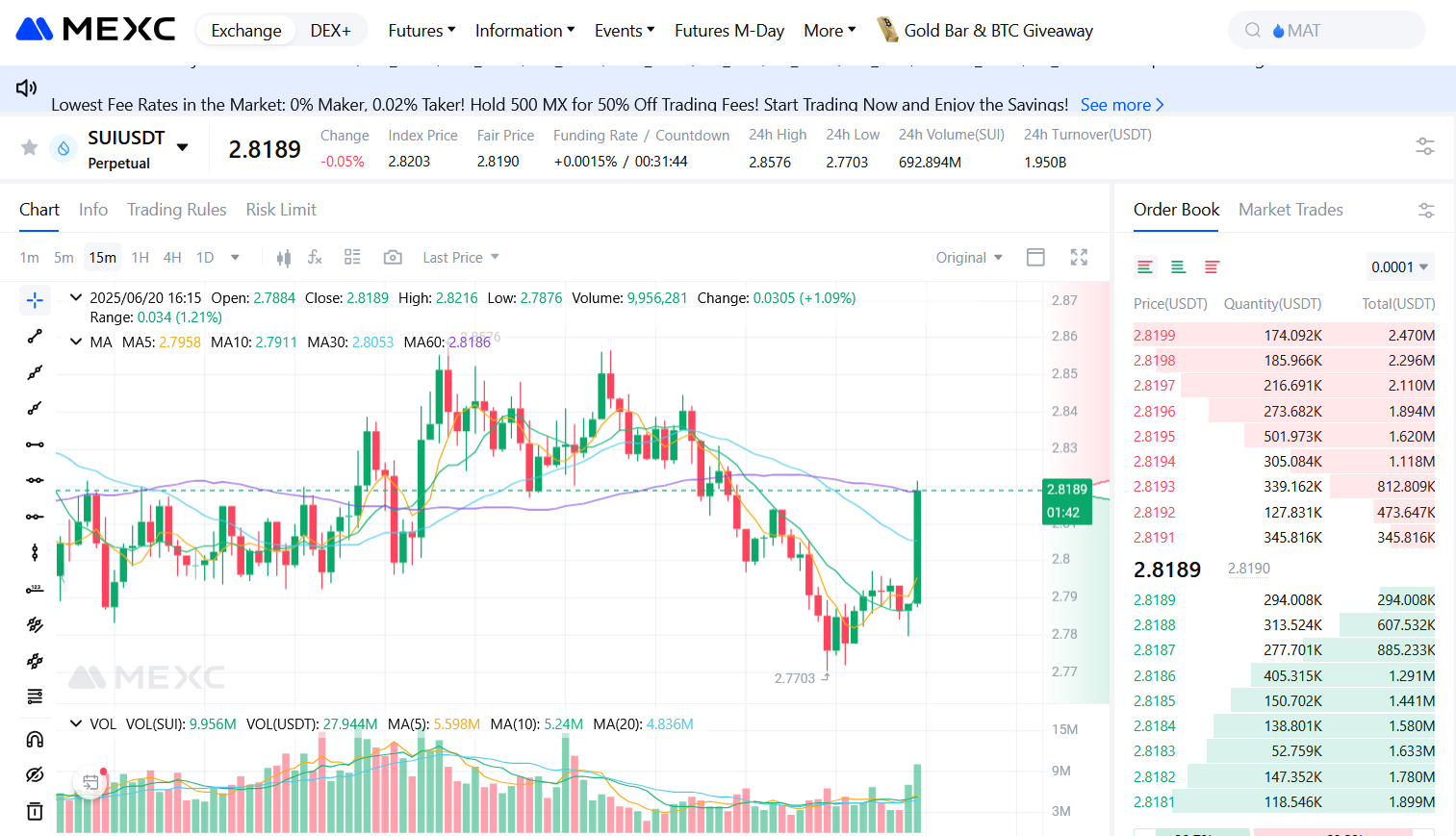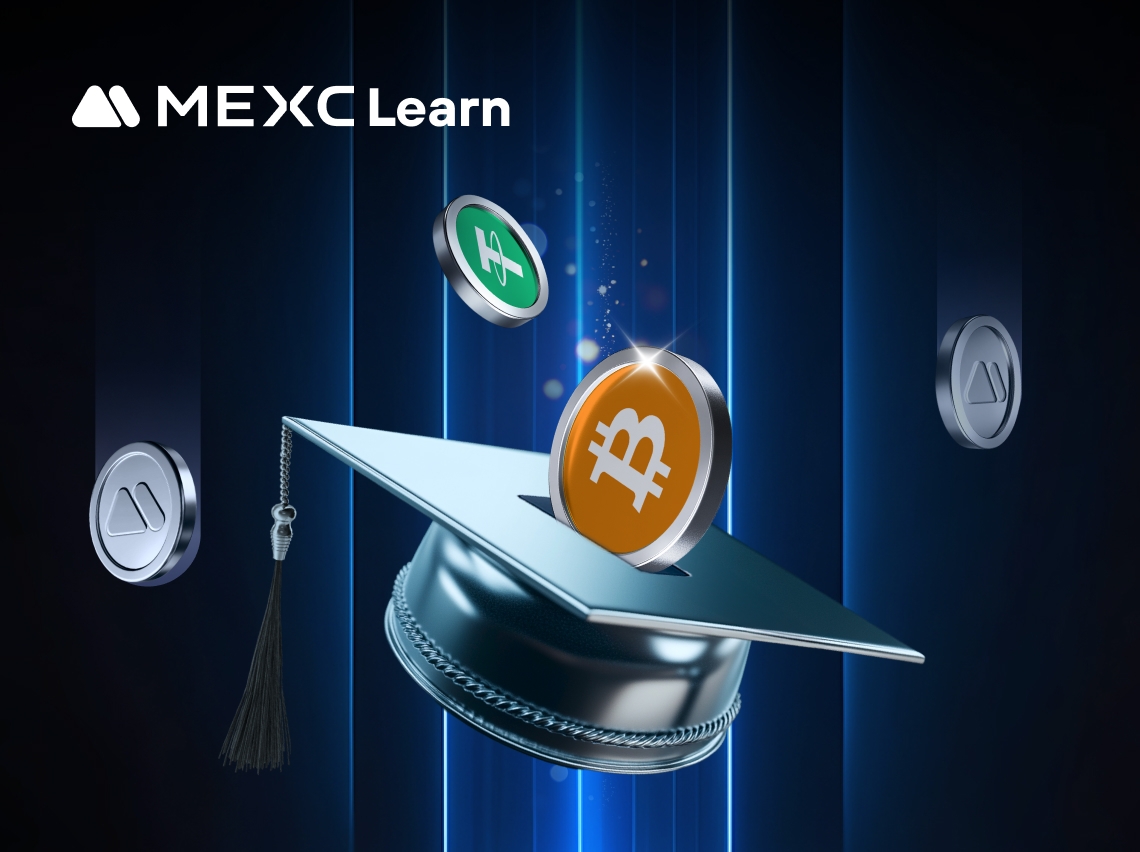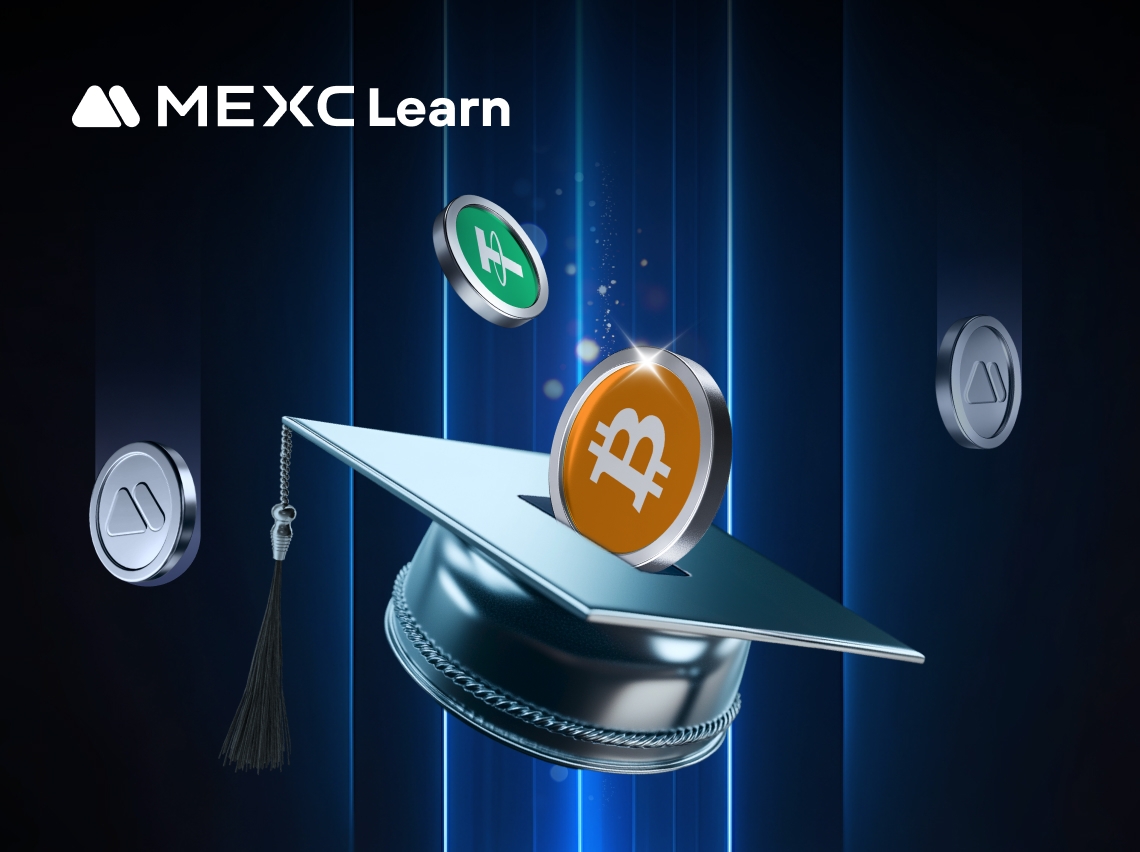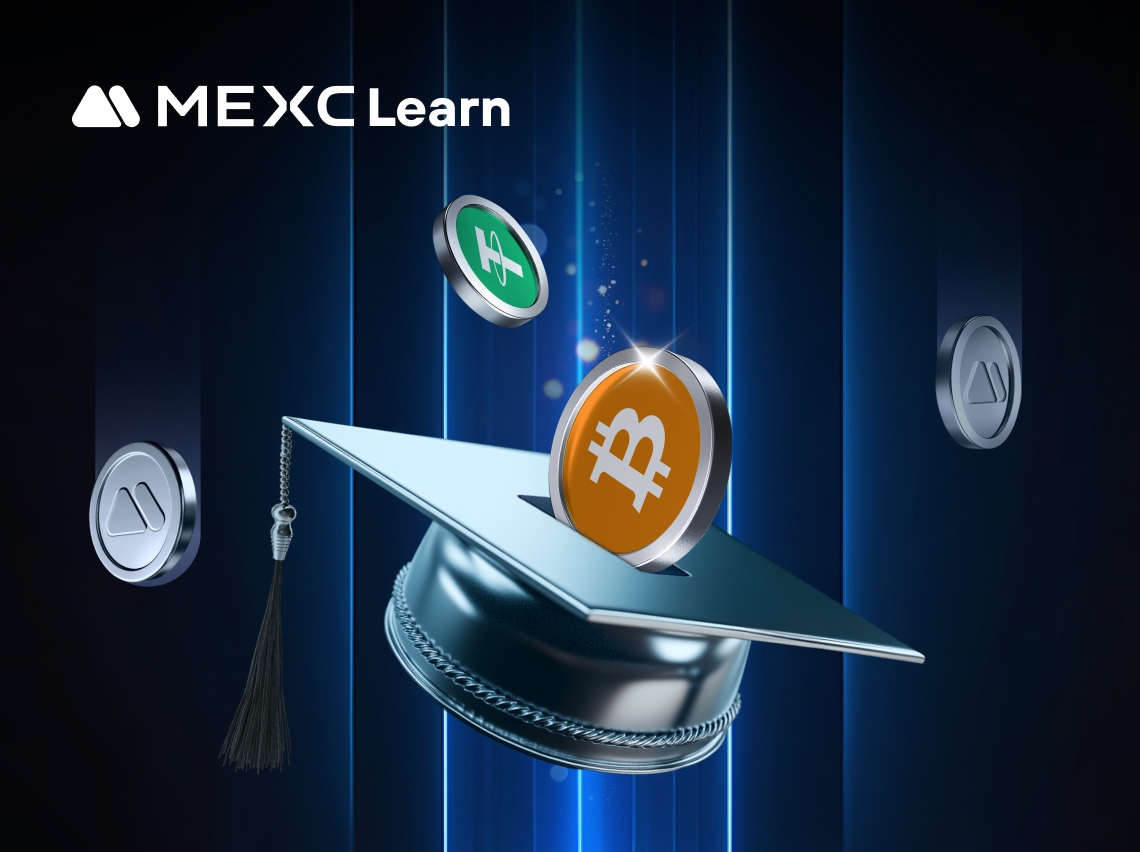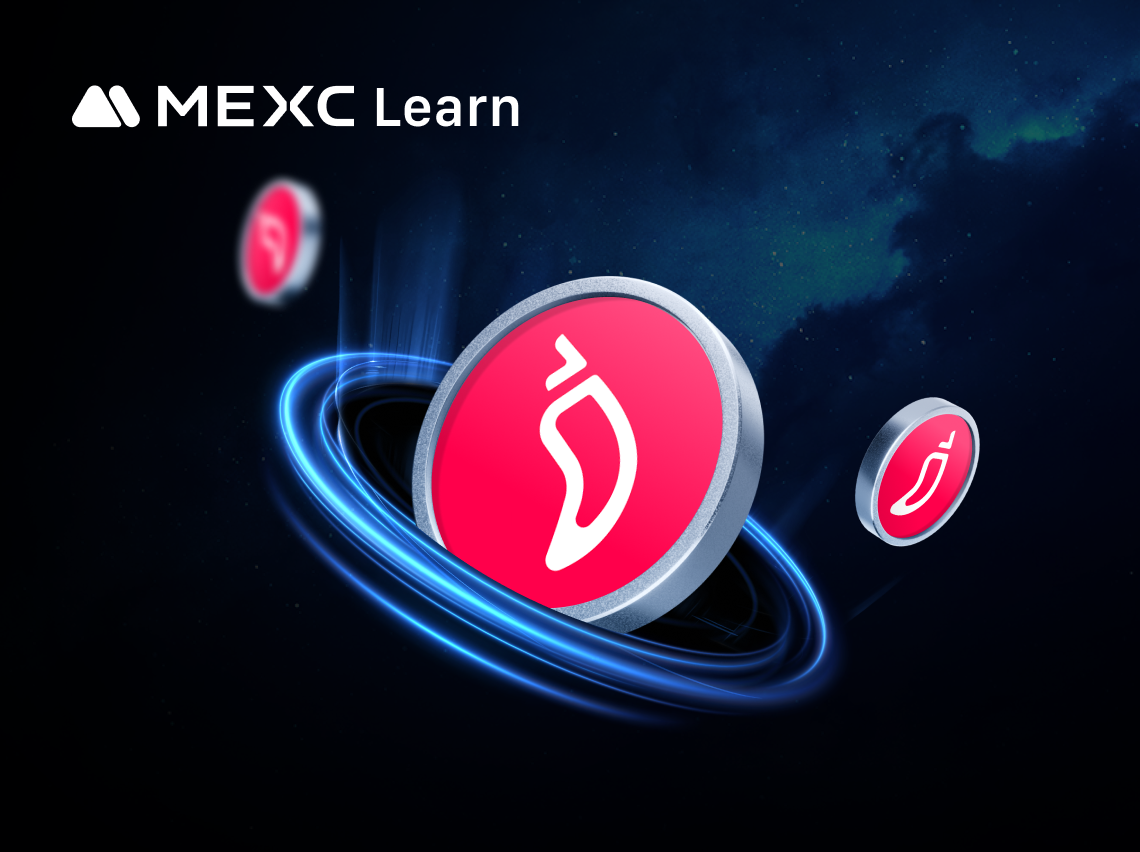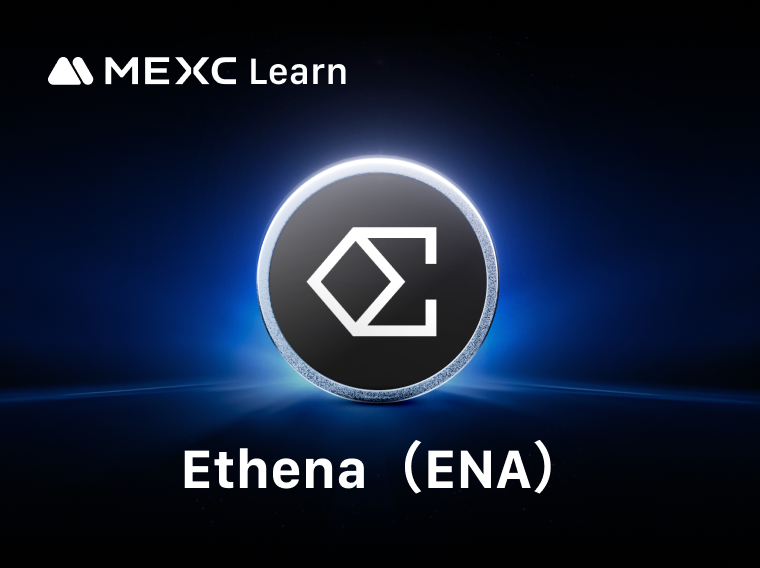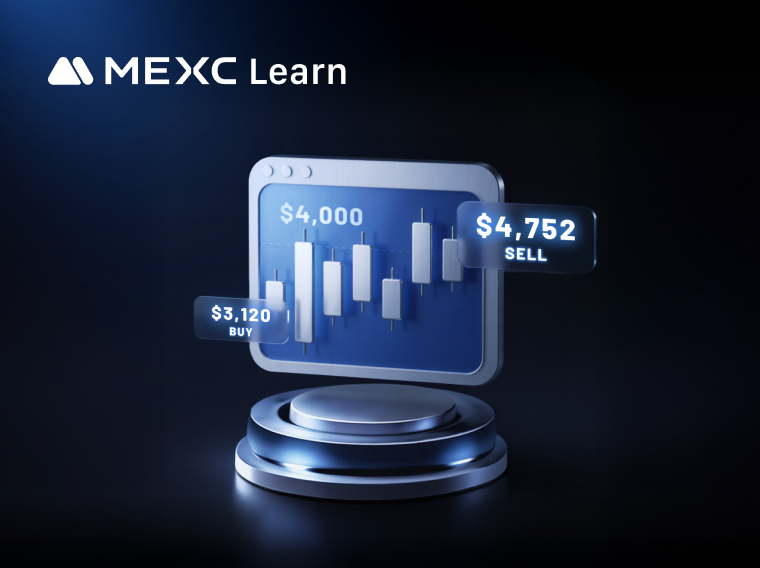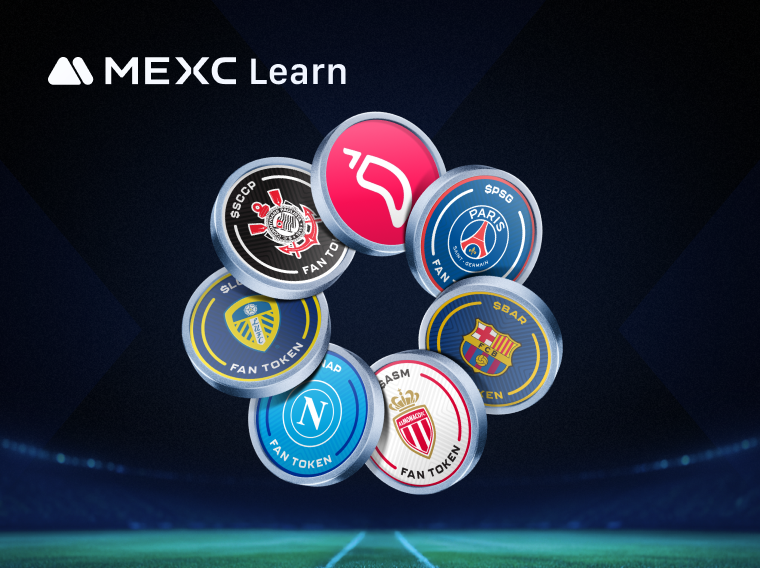1) Sui is a high-performance Layer-1 public blockchain developed by Mysten Labs, built on the Move programming language, featuring powerful concurrency and an object-oriented data model. 2) The native token SUI is used for gas fees, staking rewards, and will grant governance rights in the future.
3) Sui offers strong scalability for use cases such as blockchain gaming, DeFi, NFTs, and on-chain identity, aiming to build Web3 infrastructure that can serve billions of users.
4) Despite its promising outlook, Sui faces challenges such as ecosystem bootstrapping and fierce competition among public blockchains; its future success depends on developer ecosystem growth and real-world application adoption.
As blockchain technology evolves, limitations in performance, scalability, and user experience have emerged in traditional first- and second-generation public blockchains. Ethereum, despite its rich ecosystem, often suffers from network congestion and high fees. Solana, meanwhile, offers performance breakthroughs but has faced stability concerns. Against this backdrop, Sui emerges as a newly architected Layer 1 blockchain.
Launched by Mysten Labs, Sui aims to build a high-performance, scalable, object-oriented smart contract platform for the Web3 world. Thanks to its unique data model and consensus mechanism, Sui boasts significant advantages in transaction throughput, confirmation speed, and development flexibility, earning it the reputation of offering a “Web3 blockchain experience comparable to Web2.”
Sui was created by Mysten Labs, whose founding team largely consists of former members from Meta’s (formerly Facebook) crypto project Diem and the Move programming language developers. Several core members of Mysten Labs previously led the development of the Diem blockchain and Novi wallet at Meta, bringing deep expertise in system architecture and distributed computing.
Although the Diem project was ultimately discontinued, its core technologies—especially the Move programming language—were carried forward into the Sui project. The Sui team recognized significant bottlenecks in scalability and user-friendliness within existing blockchain architectures and therefore chose to design a completely new Layer 1 blockchain from scratch—one that is not compatible with the Ethereum Virtual Machine (EVM) but instead builds a novel paradigm centered around objects.
Most blockchain systems (e.g., Bitcoin, Ethereum) use either an account model or UTXO model to record world state. These models do not facilitate parallel transaction processing well and lack flexibility in expressing complex application logic, resulting in limited performance and difficulty in composing smart contracts.
Sui employs a unique object-centric state model in which:
All on-chain data is regarded as objects (including tokens, NFTs, contract states, etc.)
Each object has a unique ID and an owner and can be operated on by smart contracts (Move modules) or user signatures
The lifecycle and changes of objects are precisely controlled by the Move language.
This model allows the system to identify which transactions do not interfere with each other, enabling parallel execution at the transaction level and significantly improving throughput.
Unlike Ethereum, which heavily relies on total order execution (i.e., all transactions must be processed sequentially), Sui handles most “single-object” transactions (such as simple token transfers or NFT minting) via a parallel execution engine without requiring full network consensus.
Only transactions involving multiple object interactions (e.g., decentralized exchange order matching) enter the Byzantine Fault Tolerant (BFT) consensus process. This design enables Sui to achieve transaction throughput (TPS) far beyond traditional blockchains. Official tests show Sui can handle over 120,000 TPS with latency as low as a few hundred milliseconds.
Sui introduces a two-phase consensus protocol combining Narwhal and Bullshark:
Narwhal acts as the data availability layer, ensuring transaction broadcasting and ordering
Bullshark uses a Directed Acyclic Graph (DAG) to efficiently finalize consensus.
This architecture decouples “transaction broadcasting” from “consensus finalization,” ensuring high throughput even if some nodes go offline.
Move is a resource-oriented programming language designed for blockchains, with the key feature that resources cannot be copied or discarded, effectively preventing common smart contract vulnerabilities such as double-spending and state corruption.
Sui extends Move to create Sui Move, introducing additional primitives for object manipulation and simplifying module dependencies.
Sui Wallet: Officially launched by Mysten Labs, supports SUI asset management, dApp interaction, NFT browsing, and more
Sui Explorer: On-chain explorer to query transaction status, object details, and more
Sui CLI / SDKs: Developer toolkits supporting mainstream languages such as JavaScript and Rust
Sui Bridge: Cross-chain bridging tool connecting Ethereum, BNB Chain, and other major networks.
The Sui ecosystem is rapidly expanding, covering multiple sectors:
DeFi: Turbos Finance, Cetus, Aftermath Finance
NFTs: BlueMove, Keepsake, OriginByte
Gaming: Abyss World, Arcade Champions
Currently, over 200 projects have been deployed on the Sui network, spanning wallets, DEXs, NFT marketplaces, blockchain games, and more.
SUI is the native token of the Sui network and serves the following purposes:
Network Fees: Users pay a small amount of SUI as gas fees for on-chain operations (transfers, contract deployment, etc.), incentivizing validators to maintain network security.
Validator Staking: SUI utilizes a Delegated Proof-of-Stake (DPoS) consensus mechanism, allowing users to delegate SUI to node operators to participate in staking and earn rewards.
On-Chain Governance: In the future, Sui will enable on-chain governance, allowing SUI holders to participate in proposal voting, parameter adjustments, and other governance processes.
Token Distribution: The total supply of SUI is 10 billion tokens, initially allocated as follows:
20% to early contributors and the team;
14% to investors;
10% to community and ecosystem incentives;
50% to the Sui Foundation (for long-term development);
6% to early testers and other purposes.
For ordinary investors, you can trade SUI tokens on MEXC Exchange for ultra-low fees. Follow the steps below to get your hands on SUI:
2) Search for the SUI token name in the search bar and select either Spot or Futures trading. 3) Choose the order type, enter the quantity and price, and complete the transaction.
The Sui network is not only a high-performance public blockchain but also an infrastructure platform designed to provide scalability, ease of development, and end-user friendliness for Web3 applications. Its goal is to build the next-generation Web3 world capable of supporting billions of users and asset interactions. Key practical applications of Sui include:
Large-scale on-chain gaming: Games demand real-time interaction and complex gameplay. Sui’s parallel transaction processing and object model significantly enhance the gaming experience, avoiding issues like lag and high gas fees.
High-frequency DeFi trading: Applications such as order book trading and derivatives markets, which are sensitive to TPS and settlement times, can run complex matching logic on Sui without performance bottlenecks.
NFTs and on-chain asset systems: The object-centric model naturally suits NFT representation, supporting features like nested and evolving NFTs (e.g., equipment, items, characters).
On-chain identity and data services: Using programmable objects, Sui enables flexible data access and identity verification systems, helping Web3 apps replace traditional Web2 login mechanisms.
Advanced architectural design offering exceptional scalability
Robust and secure Move programming language enabling sophisticated asset abstraction
Well-established ecosystem support coupled with comprehensive developer tools
Vibrant community engagement and a team with extensive industry experience
Lack of EVM compatibility leading to significant migration barriers
Competitive pressure from other Move-based blockchains such as Aptos
Ecosystem in its nascent phase, requiring expansion of the user base
Market skepticism regarding “performance-first” public blockchain models
Sui is not the first blockchain to emphasize high performance and parallel processing, but its innovative combination of object model, Move language, and decoupled consensus mechanism sets it apart among L1 competitors. Unlike projects prioritizing compatibility, Sui represents a fundamental reimagining of Web3’s core infrastructure.
For developers, Sui offers a highly expressive and secure smart contract environment; for users, it provides low latency and a Web2-like interaction experience, lowering the entry barrier; for investors, its flexible tokenomics and expanding ecosystem present promising mid-to-long-term value.
Whether Sui can establish a robust application moat like Ethereum remains to be seen. Nonetheless, as a blockchain project with strong engineering principles, Sui undoubtedly injects new imagination and possibilities into the Web3 world.
Disclaimer: The information provided in this material does not constitute advice on investment, taxation, legal, financial, accounting, or any other related services, nor does it serve as a recommendation to purchase, sell, or hold any assets. MEXC Learn offers this information for reference purposes only and does not provide investment advice. Please ensure you fully understand the risks involved and exercise caution when investing. MEXC is not responsible for users' investment decisions.

